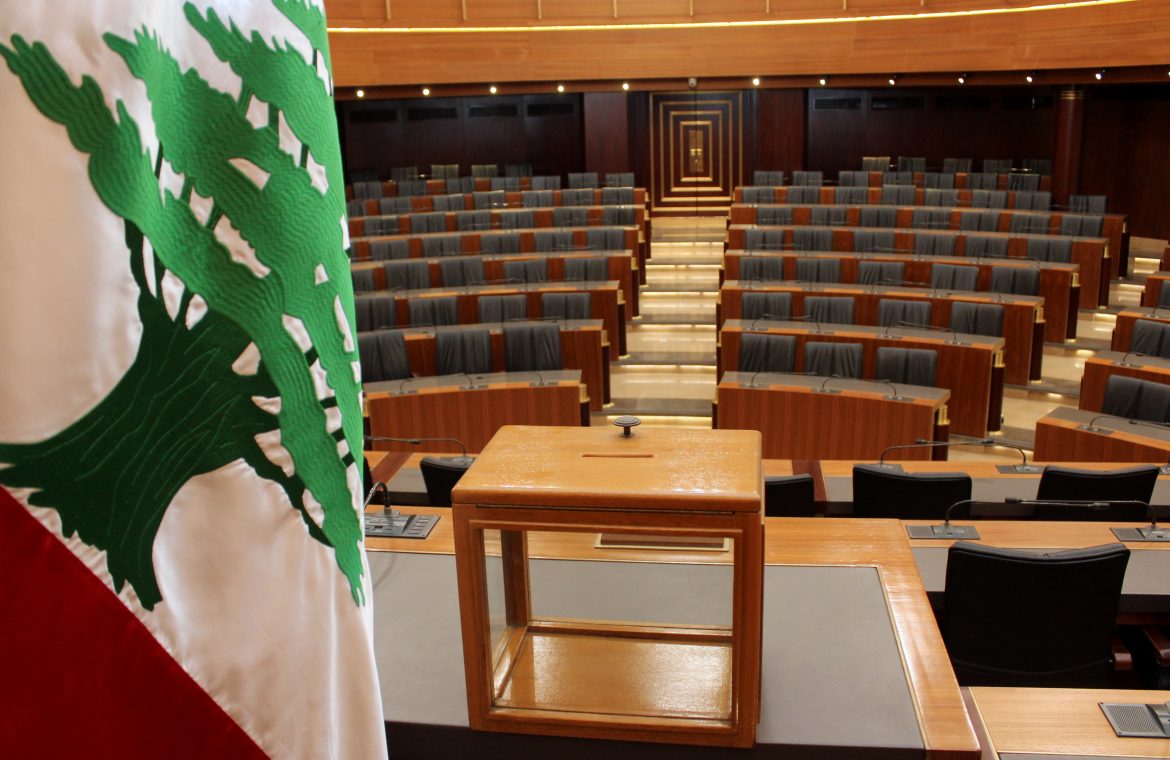What is in a date?

A ballot box sits on a table next to the national flag at the Lebanese Parliament in the capital Beirut on April 22, 2014 ahead of tomorrow's presidential election. Lebanon's parliament convenes tomorrow to try to elect a new president without a clear frontrunner in sight because of deep divisions over the Syrian conflict and Hezbollah's arsenal. AFP PHOTO / STR
